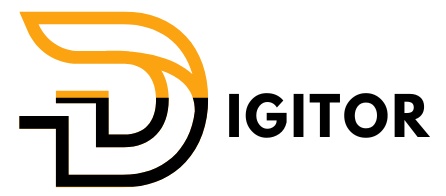Introduction to SEO Blog Writing
In the competitive digital landscape, creating content alone is not enough. SEO blog writing ensures your blogs rank higher on search engines while delivering value to readers. It combines high-quality writing with strategic keyword placement, headings, meta descriptions, and internal/external links.
Businesses leveraging SEO blog writing benefit from increased organic traffic, improved brand visibility, and higher engagement rates. In short, SEO-optimized blogs are essential for long-term digital growth.
Why SEO Blog Writing is Crucial
Boosts Search Engine Rankings
Search engines prioritize content that is relevant, well-structured, and optimized. With SEO blog writing, your posts appear in top search results, attracting more visitors.
Engages and Retains Readers
Optimized blogs are readable, informative, and structured with H2/H3 headings, bullet points, and visuals. This makes it easier for readers to stay engaged.
Generates Leads and Conversions
A well-crafted SEO blog can guide readers through the customer journey—from learning about your brand to taking action. Adding calls-to-action and linking to services ensures better conversion.
For example, businesses in India increasingly rely on YourStory insights to craft blogs that resonate with audiences and improve search visibility.
Key Elements of Effective SEO Blog Writing
Keyword Research
The foundation of SEO blog writing is strategic keyword research. Identify primary and secondary keywords that your target audience searches for and integrate them naturally into your blog.
Optimized Headings and Subheadings
Use H1, H2, and H3 tags strategically. Headings guide readers and help search engines understand the structure of your content.
Engaging Content
Content should be informative, valuable, and tailored to the audience’s needs. Avoid fluff and ensure every paragraph serves a purpose.
Internal and External Links
Internal links connect readers to other pages on your website, enhancing navigation and SEO. External links to authoritative Indian sites provide credibility and reference. For example, you can link your services page here: Digitor Contact.
Meta Description and SEO Optimization
Every blog must have a meta description under 110 characters. This improves click-through rates and search engine visibility.
Best Practices for SEO Blog Writing
-
Write for Humans, Optimize for Search Engines – Balance readability with keyword placement.
-
Use LSI Keywords – Related terms help Google understand context.
-
Include Visuals – Infographics, images, and charts enhance engagement.
-
Regularly Update Content – Fresh, relevant content keeps your blog competitive.
-
Track Performance – Use analytics to refine your SEO strategy.
Benefits of Professional SEO Blog Writing
-
Higher Traffic: Optimized blogs attract more organic visitors.
-
Improved Authority: Consistent, informative content builds trust and credibility.
-
Cost-Effective Marketing: Blogs continue to generate traffic over time.
-
Better ROI: Leads generated through SEO blogs often convert at a higher rate.
Hiring professional writers ensures your SEO blog writing is aligned with business goals and optimized for both search engines and readers.

How to Get Started
Starting with SEO blog writing requires clear goals, keyword research, and a structured content plan. Businesses can either train in-house teams or partner with experts. For tailored content services, you can contact Digitor here to create high-quality SEO blogs that drive results.
Conclusion
SEO blog writing is an essential strategy for any business looking to grow online. By combining creativity with optimization techniques, you can boost search rankings, engage readers, and generate leads. Start leveraging SEO blog writing today to stay ahead in the digital world.
Explore more related articles to deepen your understanding
Best Fonts for Branding: Create a Lasting Visual Identity
SEO Content Writing: A Complete Guide for BeginnersDoes Google use Cloudflare
Content Writing Basics: A Beginner’s Guide to Effective Writing







